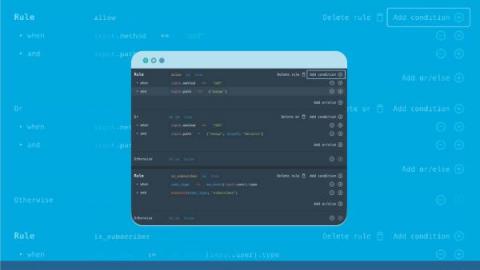Security Challenges in Microservices
Before the rise of cloud computing and small autonomous services built with containers, a typical application would consist of a monolith of code with a frontend, a backend and a database. Developers would take extra caution when updating their code because any change or bug could affect the entire application. As an alternative, microservices broke down applications into small interconnected services — each responsible for their discrete function, collaborating using APIs.











